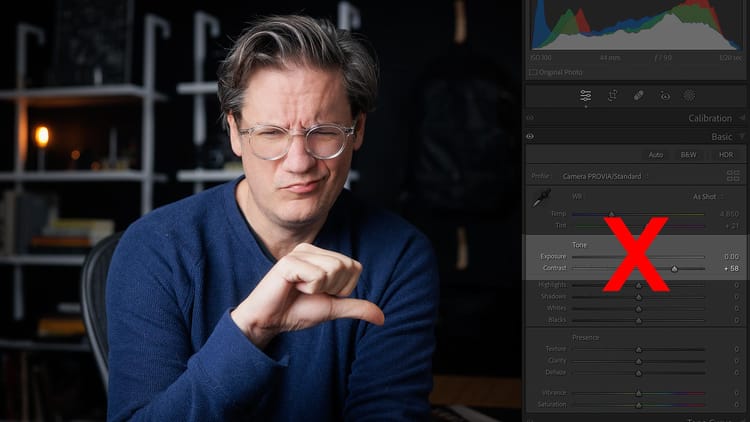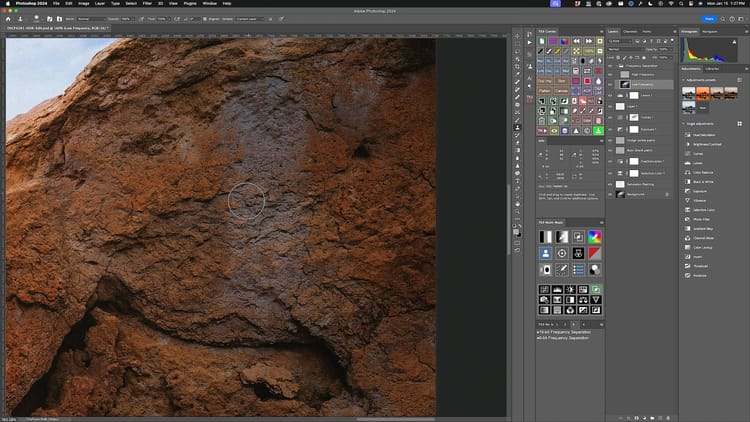
Should you buy solid or variable neutral density filters?
Shopping for a neutral density filter can be confusing. Many models, different brands, sold at prices ranging from cheap to super expensive. But when you boil it all down, there are two basic types to choose from: solid and variable.
Solid neutral density filters reduce light using a single, fixed density. For example, two stops, four stops, ten stops, etc. Solid NDs are similar to “prime” lenses supporting a single focal length.
Variable neutral density filters reduce light using a range of densities. For example, two-to-five stops, three-to-eleven stops, etc. Again borrowing the lens analogy, variable NDs are similar to zoom lenses supporting a range of focal lengths.
Each filter type its own pros and cons. Here’s a comparison between the two.
When Solid NDs are Better
Though they don’t offer the same range of densities found in variable NDs, solid NDs have some key advantages.
Solid NDs are (generally) more color accurate
This isn’t a hard and fast rule, and is entirely dependent on the make and model of filters you buy, but solid NDs are typically more color accurate than variable NDs. This translates into less time in post fixing color temperature and hue. These issues can be easily corrected using software, but solid neutral density filters will produce images and videos more similar to what you saw at the moment the image was captured.
Solid NDs aren’t affected by cross-polarization
Cross-polarization negatively impacts photos and videos by causing light to be unevenly darkened distributed. This effect is also known as the “Blue X” or “Blue Cross”, as seen in the image below.

Cross-polarization typically occurs when a variable neutral density filter is turned beyond its maximum density. It can also appear at a supported density in bright sunlight when the sun is at a particular angle relative to the camera. There’s also cross-polarization when using particular combinations of density and lens focal length.
In general, doesn’t matter which brand of variable neutral density filter you buy. Every variable ND is susceptible to cross-polarization.
Solid neutral density filters use a single pane of glass, not two panes of polarized glass like a VND, so solid neutral density filters are not affected by cross-polarization. You never have to worry about.
When Variable NDs are Better
Despite their shortcomings with color accuracy and cross-polarization (see above), variable NDs have a few tricks up their sleeves.
Variable NDs are more cost effective
Every variable ND supports a range of densities with a minimum and maximum value. These values are typically measured in stops of light. For example, a variable ND may have a range of 2-5 stops, 6-9 stops, etc. Hence the name, “variable”.
Solid NDs have fixed densities / stops. For example, a “2-stop” solid ND, “10-stop” solid ND, etc. If you were to buy a single solid ND for every density a typical variable ND supports, you’d end up spending at least five times more for similar coverage.
Variable NDs are faster
Need to brighten or darken exposure? Variable NDs may be instantly rotated to whatever density you need, unlike solid NDs that must be repeatedly swapped. The faster you’re able to move and change configuration, the more shots you’ll capture.
Variable NDs are less cumbersome
Every “stop” in a variable ND is one less solid ND in your bag. For example, to cover the range of 2-5 stops in light reduction, you could either bring a single 2-5 stop variable ND, or four individual solid NDs. This translates into fewer filters in your camera bag.
Should you buy solid or variable NDs?
There are pros and cons no matter which you choose, but here are some thoughts on when one variable type is preferable over the other.
If you are shooting photos or videos on a tripod, and working in a more methodical way for optimum image results (technically and creatively), solid NDs are better. Colors tend to be more accurate, and you don’t have to worry about cross-polarization ruining your shot.
If you a shooting handheld video, variable NDs are better. This is especially true when working in environments where lighting conditions are constantly changing (eg, moving from outdoors to indoors and vice versa). Variable NDs allow videographers to quickly optimize their exposure on-the-go without stopping to change filters or mess around with camera aperture and/or ISO. As long as you keep a watchful eye on cross-polarization, your footage will turn out fine.
If you are a hybrid photographer / videographer, the answer may be both. For example, I use solid NDs for my landscape photography work, but also variable NDs when shooting videos outdoors for my YouTube channel.
Recommended neutral density filters
Shop around, and you’ll find an overwhelming number of both solid and neutral density filters. Round ones, square ones, magnetic ones, all different types and brands. I’ve tested a number of them for my own photo and video work and recommend the following.
Recommended solid NDs
I use two types of solid NDs — circular and square. Here are the filters I prefer to use in both types. (Tip: read more on the differences between square and circular neutral density filters if confused.)
Circular solid NDs
My absolute favorite circular solid ND (found after testing many different options) is the MRC-Nano by B+W. It’s super thin, doesn’t introduce any additional vignette (even when shooting wide open at 16mm full frame), and has the best overall color accuracy and performance. Great filter, though it is a bit expensive.
Other solid picks include the Breakthrough Photography X4 and the PolarPro Quartzline. Both are super well made with notched brass rings, durable construction, scratch resistant glass, and solid color accuracy.
If all of the above are too expensive, a solid budget pick is this Tiffen solid ND. Not as thin, rugged or color accurate as the three aforementioned filters, but good performance at an affordable price.
Square solid NDs
My favorite square filter system is the PolarPro Summit “Landscape” Filter System. This is the kit I use whenever I’m doing landscape photography. Fantastic design, quality and user experience.
Recommended variable NDs
I very much like Freewell’s Magnetic VND system. It comes with two VNDs (2-5 and 6-9 stops), a diffusion mist base filter, and a magnetized mount to quick swap or remove filters. Everything comes in a rugged pouch for travel. Solid image quality, speed and performance.
If you’re looking for a threaded filter with similar range (but fewer moving parts compared to the Freewell magnetic filters), check out this variable ND from PolarPro. If both the Freewell and PolarPro filters are too expensive for your taste, the K&F Concept 3-11 stop variable ND is a good choice for the money.


